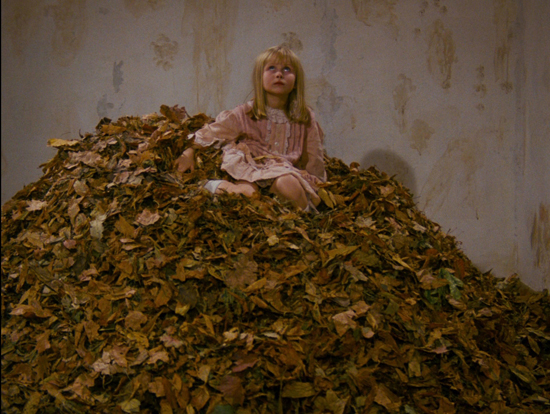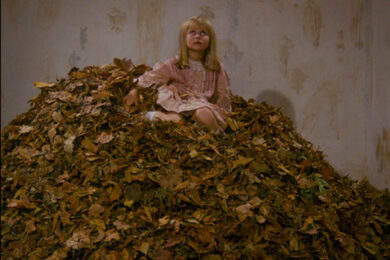Despite all their achievements, both artistic and commercial, Disney is guilty of many crimes against popular culture. Their brand of family-friendly, happy ending cartoons completely supplanted more experimental work by pioneers like Lotte Reineger and Yuri Norstein and drove edgy or provocative cartoons into the cult underground. They have suppressed all the sexual subtext in children’s films while simultaneously, through other commercial endeavours like Disney Radio and Disney Channel, encouraged the oversexualizing of young girls like Britney Spears and Hannah Montana. As Neil Gaiman pointed out earlier on this site, their trade is producing “impossibly hospitable worlds”, unrealistic and unachievable, much like ‘The American Dream’.
But to my mind, their biggest crime is robbing children of their need to imagine. Disney has been so driven to realize, using the latest technological means (rotoscoping, anamatronics, computer graphics), elaborate fantasy worlds, and (hyper)real theme parks, that there’s little left for a child to dream up. You don’t need to make-believe with toys because every character is already merchandised. You don’t need to imagine future adventures because unnecessary, straight-to-DVD sequels are always pending. It seems that their tendency is to turn what were once enigmatic fairly tales and myths into meticulously rendered detail – patching all the little fissures of meaning with CGI poly-filler.
Perhaps the starkest illustration of this is the contrast between either of Disney’s Alice in Wonderland films (The 1951 animation or the 2010 The Tim Burton 3D remake) and the wonderfully understated Alice by Czeck Surrealist Jan Švankmajer, out on BFI DVD this month.
Of the Disney outings, the former boasted some truly iconic images but the later, despite excellent efforts from top character actors (Johnny Depp, Helen Bonham Carter, Crispin Glover, Michael Sheen and Alan Rickman) was so bloated and baroque in its computer-generated detail that it more resembled Lord of the Rings than a child’s ‘dream’.
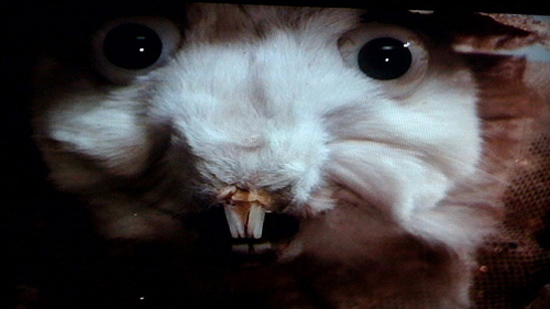
If you’ve ever had a dream, you’ll know that they are fragmentary experiences with their own kind of space-time defying logic. Plot arcs don’t resolve, they trail off only to be repeated compulsively in different ways. Things are at once familiar but not what they seem. Locations are transient and change behind your back. This is not the same as falling into a ‘quirky’ alternate universe where the clocks are a bit melty, but actually everything has an explanation and even minor characters have a back story – that’s fantasy, the stuff of MMPOGs and unsolicited fan fiction.
Lewis Carroll’s Alice’s Adventures in Wonderland is not a fairy tale nor a fantasy. With its mix of clever word play, unconscious symbolism and, above all, the celebration of complete nonsense, it’s more like a precursor to 20th century surrealism (much like its contemporary Maldorer by Lautrement). The core of surrealist art is putting familiar objects or words together so that they become strange and seemingly charged with meaning. Its about capturing the logic of dreams, but allowing them to seep into the everyday.
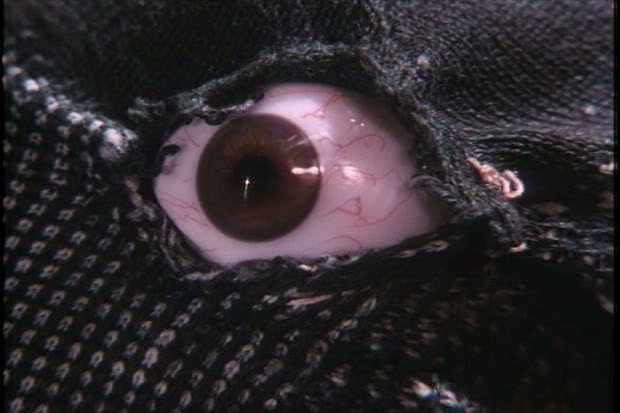
Švankmajer’s Alice is about the closest you’ll find to an extended dream on film, because of the way it plays with juxtapositions – a real life girl next to stop motion creatures, different scales, different layered realities that stack like a Russian Doll. You never know where the dream begins or ends (which you wouldn’t if you were in one).
It’s also by far the most literal reading of Lewis Caroll’s text – and by literal I mean that it doesn’t attempt to rationalise the crazyness. There may be notable omissions, like the Cheshire Cat, but it’s the little details which maintain the spirit of the book. The endlessly repeated motif of seeing a lone desk in a room, pulling the handle off, and finding various sharp objects in the drawer is a great example of how this unsettling dream logic comes to make ‘sense’. But it’s all so lucid because it invokes all your senses: drawing pins in marmalade or a cereal bowl full of sawdust, buttering clocks or keys in sardine cans all confuse both touch and taste – making your toes curl while your lips purse – and all the more so because they are the actual objects being photographed. For a mostly wordless film, save for Alice’s disinterested narration to camera, sound is also important. The eerie chattering of a taxidermed white rabbit or a pig sobbing like a human child add to the strangeness.
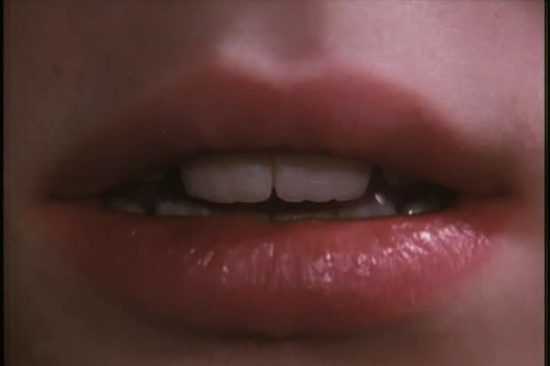
Also adding to this are the many layers of reality. There are both real, live animals and re-animated ones, worms made of socks and hedgehogs out of pin cushions, a real girl and an uncanny doll, a clockwork mad hatter and a two dimensional queen. The entire film takes place in and around a single room which at once opens onto a field and is simultaneously a room in a toy house made of blocks. In contrast to the sprawling universe of the Disney films, this gives the entire proceedings and insular feel, like crawling around in your own head. It’s full of extreme closeups and low angles, always from the child’s vantage. Everything is plausibly dreamed out of household objects and trash, seemingly collected by Kurt Schwitters for his Merzbau, yet everything operates beyond the realms of physics and sense.
Jan Švankmajer’s creations are normally about bodily expressions rather than facial ones. Even the real-life girl does more static posing, but much feeling is gleaned from these limited queues much like the villainous penguin in Wallace in Gromit who conveys malevolence without any moveable parts. The March hare and the Mad Hatter are where he really shines – its the characters made of clockwork that are strangely the most alive.
It should be noted that Lewis Caroll’s Alice has always been accompanied by illustrations, originally by John Tenniel, on which both Disney and the excellent 1913 silent film draw heavily. But Švankmajer ignores them for the most part, preferring to return to the text. Texts are of course of of the last bastions of ambiguity, where you can describe two things at once or leave the unutterable to the reader’s imagination. Films and images are more constrained in this way but Alice comes closest to approximating the instability. Contrasting images, mis-matched styles, the plausible and the highly implausible are sewn together with visible, rough seams that require the child’s assistance to complete. It’s an approximation of the natural make-believe that children do when left to their own devices.
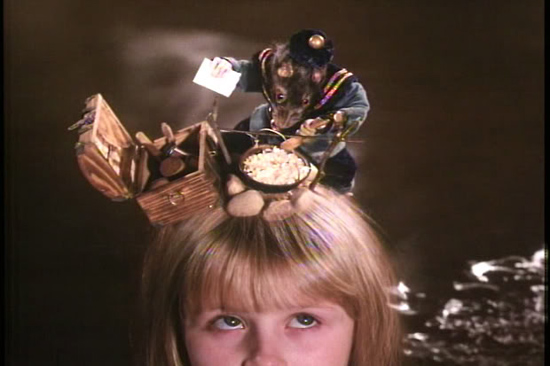
Jan Švankmajer’s Alice gets it right by not filling in all the blanks. It doesn’t dazzle or patronise the audience by creating a complete functioning fantasy world as in the Disney films, it makes the children active participants in the play. It’s a celebration of what the imagination can do with limited technological means and seems to encourage children to explore their own imaginations.
Alice is probably one of the best children’s film ever made, because it respects them like adults while allowing them to be kids.

